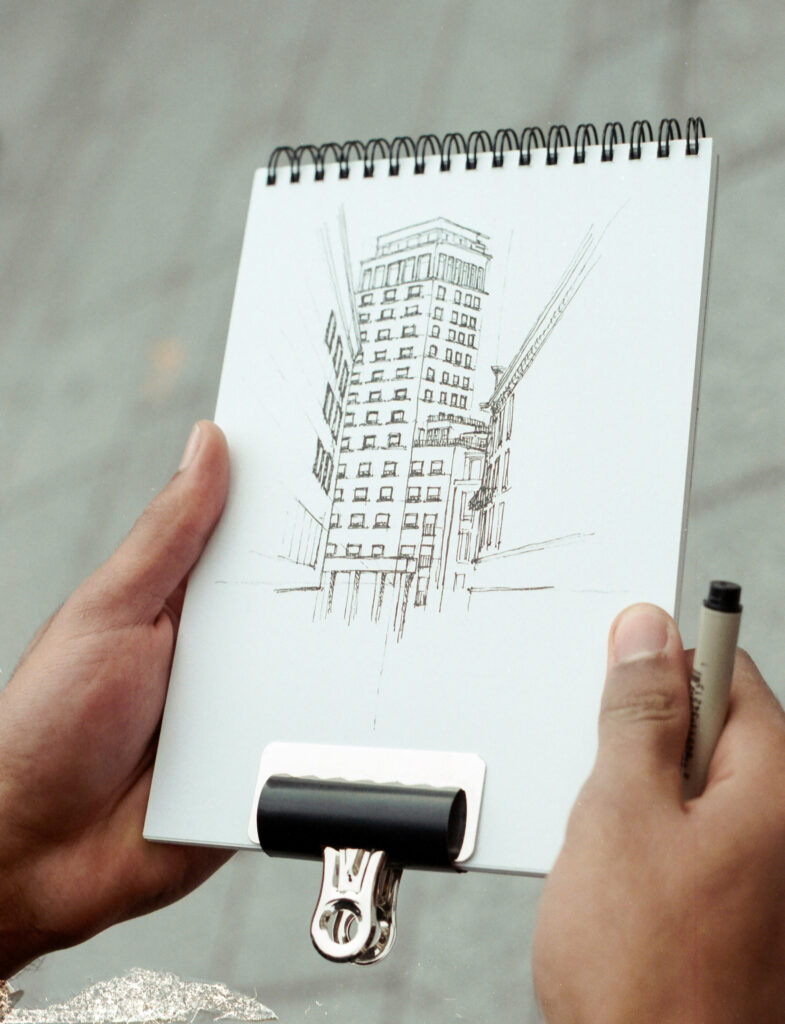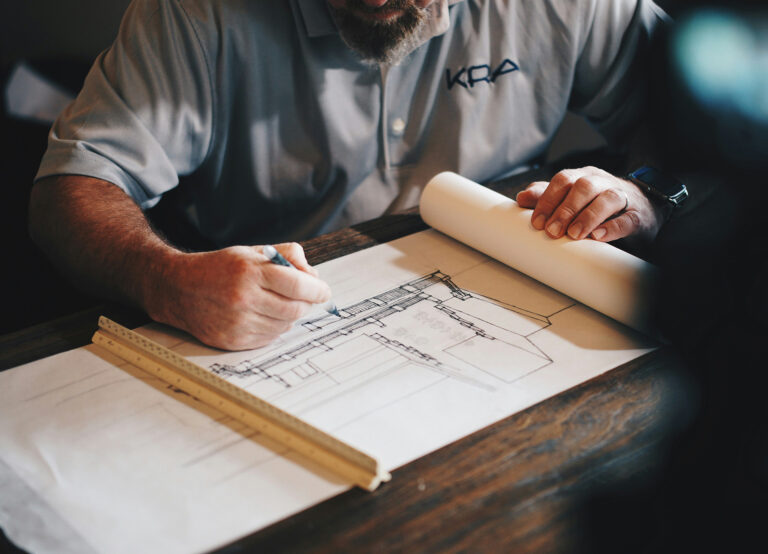
Good vs. Bad Architecture: The Impact on People and Places
Architecture shapes the spaces we inhabit, influences our emotions, and defines the character of cities and communities. While some architectural designs inspire and uplift, others can alienate and frustrate. The difference between good and bad architecture is more than a matter of taste—it impacts functionality, sustainability, and the quality of life.
Characteristics of Good Architecture
Good architecture transcends aesthetics, creating spaces that are functional, engaging, and meaningful. Below are the hallmarks of good architecture:
1. Functionality and Purpose
Good architecture serves its intended purpose effectively. A well-designed hospital, for example, facilitates efficient workflows for medical staff while providing a calming environment for patients. Similarly, a home that prioritizes natural light and optimized layouts fosters comfort and usability.
2. Harmony with the Environment
Good architecture respects and responds to its surroundings. Structures like Frank Lloyd Wright’s Fallingwater or the Bosco Verticale in Milan integrate seamlessly with nature, enhancing the beauty of their environment while minimizing ecological disruption.
3. Durability and Sustainability
The best designs are built to last, both structurally and culturally. Sustainable architecture incorporates energy-efficient materials, renewable energy sources, and green spaces to minimize environmental impact while standing the test of time.
4. Emotional Connection
Great architecture evokes emotion. A cathedral can inspire awe, while a community center can foster a sense of belonging. Good design connects people to their surroundings, enriching their experience.
5. Adaptability and Inclusivity
Good architecture accommodates diverse needs and adapts to changing circumstances. Public spaces designed with universal accessibility, such as ramps and wide walkways, ensure inclusivity. Versatile designs can evolve over time, serving multiple purposes.
Pitfalls of Bad Architecture
Bad architecture often fails to consider the practical, environmental, or emotional needs of its users. Its shortcomings can lead to inefficiency, discomfort, and even harm. Here are the warning signs of poor design:
1. Lack of Functionality
A building that looks stunning but ignores functionality is inherently flawed. Imagine an office space with beautiful glass walls but no sound insulation, leading to constant distractions and decreased productivity.
2. Neglecting Context
Bad architecture disregards its environment, creating structures that clash with their surroundings. A towering, modern building in a historic neighborhood can disrupt the area’s cultural identity and charm.
3. Poor Quality Materials
Using subpar materials or cutting corners in construction leads to deterioration, safety hazards, and increased maintenance costs. This approach sacrifices long-term durability for short-term savings.
4. Monotony and Soulless Design
Overly uniform or uninspired architecture can lead to a sense of alienation. Many post-war housing projects, characterized by bland, repetitive designs, have been criticized for fostering social isolation rather than community.
5. Environmental Neglect
Bad architecture often overlooks environmental impact, resulting in energy-inefficient designs and wasted resources. Poor insulation, reliance on non-renewable energy, and lack of natural ventilation are common issues.
The Consequences of Bad Architecture
Poorly designed buildings and spaces can have lasting negative effects:
Health Impacts: Poor ventilation and lighting can lead to health issues, such as respiratory problems or depression.
Economic Costs: Inefficient designs can lead to higher utility bills and expensive renovations.
Social Division: Bad architecture can create barriers between communities, reinforcing economic or social inequalities.
The Role of Architects and Communities
Architects hold a significant responsibility in shaping the built environment. Good architecture is often the result of collaboration between designers, clients, and communities. Listening to the needs of those who will use a space is essential to ensure its success.
Communities can also play an active role in advocating for thoughtful design. Public input during the planning stages can help prevent the construction of uninspired or harmful structures.
Conclusion
The distinction between good and bad architecture lies in its ability to serve people and the planet effectively. While good architecture enhances lives and enriches landscapes, bad architecture detracts from both. By prioritizing functionality, sustainability, and emotional resonance, architects and communities can create spaces that inspire, endure, and improve the world we live in.


No comments yet.